News
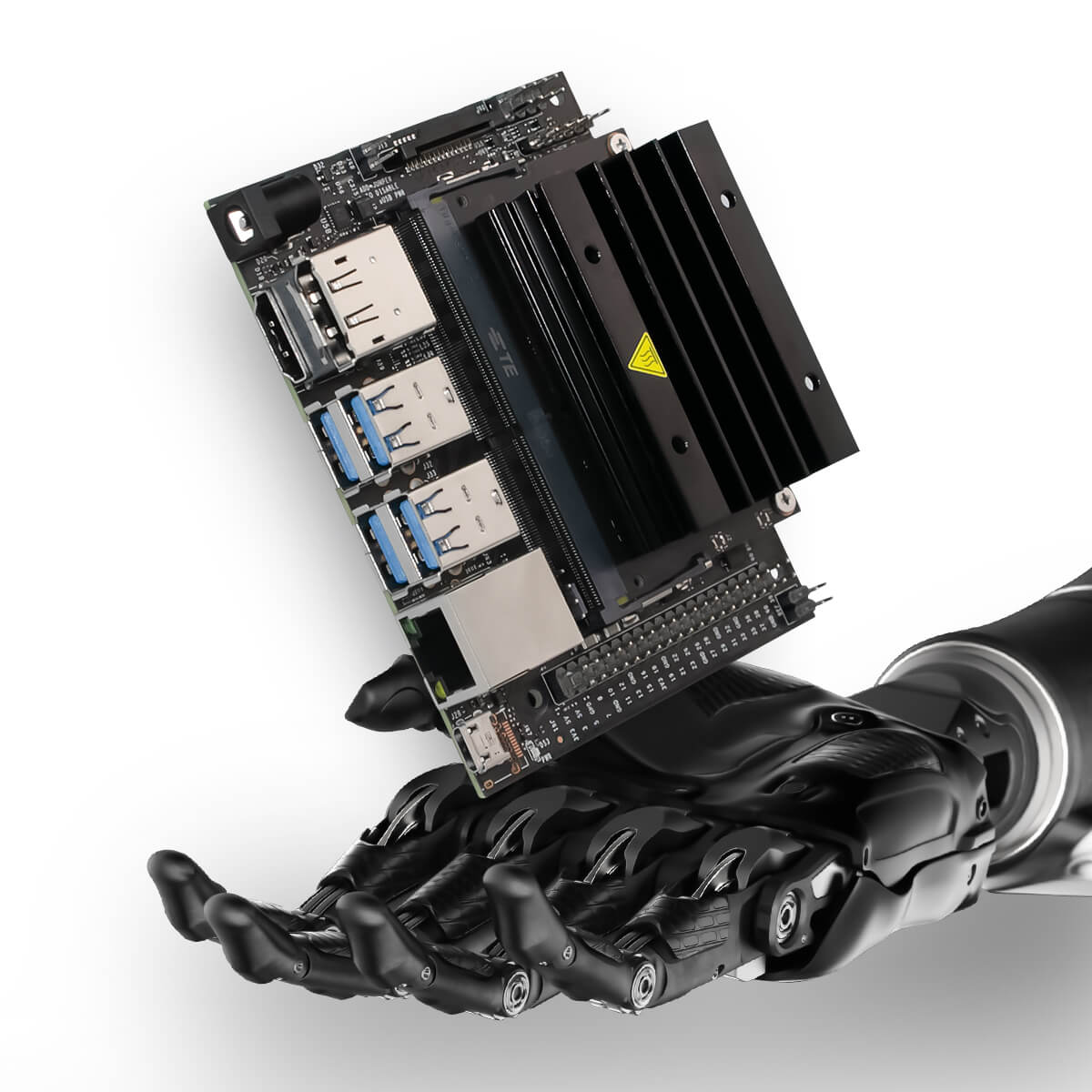
Jetson nano practical application scenarios and robot recommendations
With the rapid development of artificial intelligence technology, intelligent educational robots are gradually becoming the new favorite in the fie...
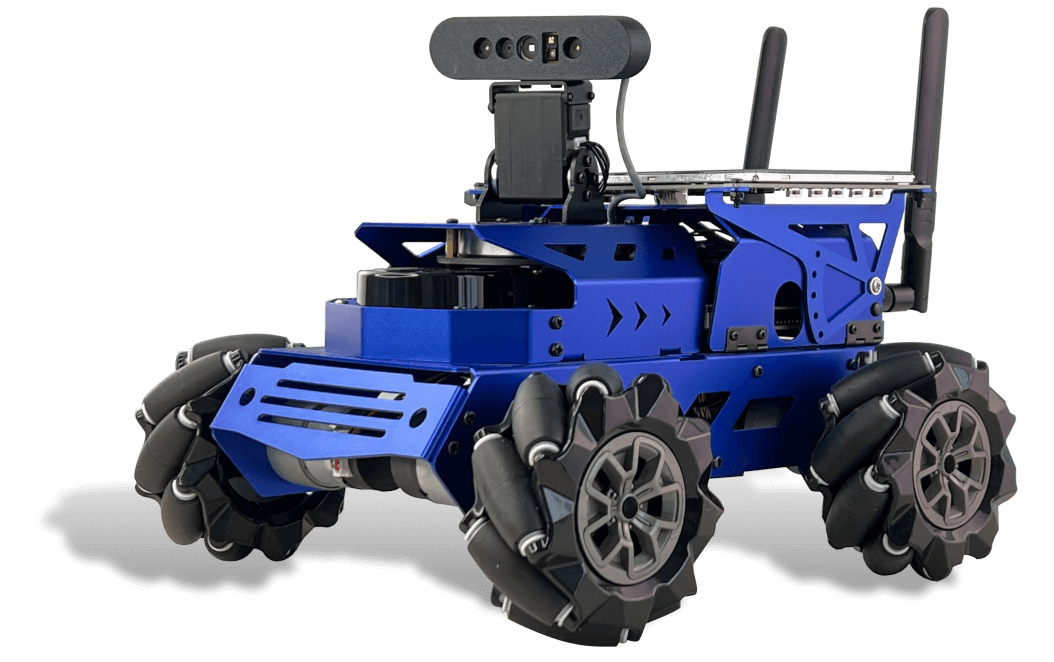
XR-ROSHunter Mecanum Wheel Autonomous Navigation Robot Parameters
ROSHunter Mecanum wheel autonomous navigation robot is equipped with a series of high-performance hardware, including but not limited to NVIDIA Jetson Nano main control board, high-torque encoder reduction motor, laser radar, 3D depth camera, 7-inch LCD display and programmable RGB lights. These high-performance hardware not only give ROSHunter excellent motion control and environmental perception capabilities, but also make it more accurate and efficient when executing ROS SLAM algorithms for map construction, path planning, deep learning and visual interaction tasks.
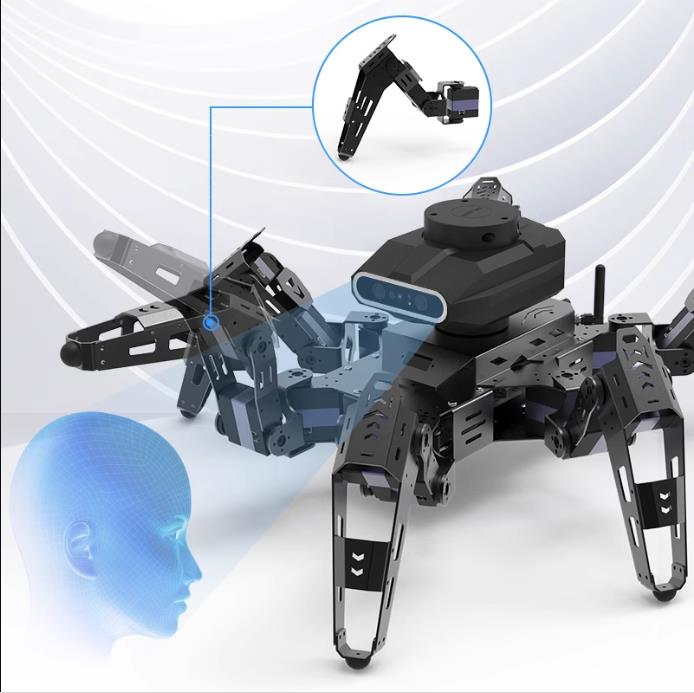
Perfect encounter between ROS and Jetson nano XR phage bionic six-legged hexapod spider robot
Hexapod walking mechanism: The XR bionic hexapod spider robot uses 18 XR-S270 35KG bi-weekly serial bus servos as the hexapod walking mechanism motion joints, which gives it excellent terrain adaptability. Whether it is in rugged mountains, muddy swamps or narrow gaps, it can shuttle freely.
Intelligent perception system: Combined with the sensor interface of ROS, the XR bionic hexapod spider robot can obtain environmental information in real time, and process and analyze it through algorithms such as deep learning. This enables the robot to more accurately identify targets, judge obstacles and plan paths.
Intelligent perception system: Combined with the sensor interface of ROS, the XR bionic hexapod spider robot can obtain environmental information in real time, and process and analyze it through algorithms such as deep learning. This enables the robot to more accurately identify targets, judge obstacles and plan paths.
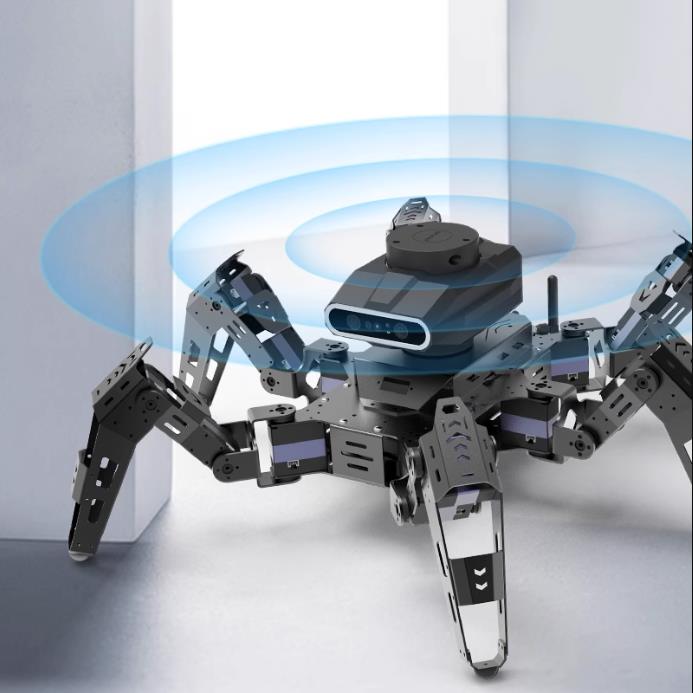
Jetson Nano Phage ROS LiDAR Hexapod Robot Performance introduction
In summary, the Jetson Nano ROS LiDAR hexapod robot from Little R Technology has demonstrated outstanding performance with its powerful main control system, precise LiDAR and depth camera, excellent hexapod structure and terrain passing ability, advanced human-computer interaction and inverse kinematics algorithms, and powerful software and algorithm support. These features make the robot have extensive potential and application value in navigation, interaction and intelligent applications.
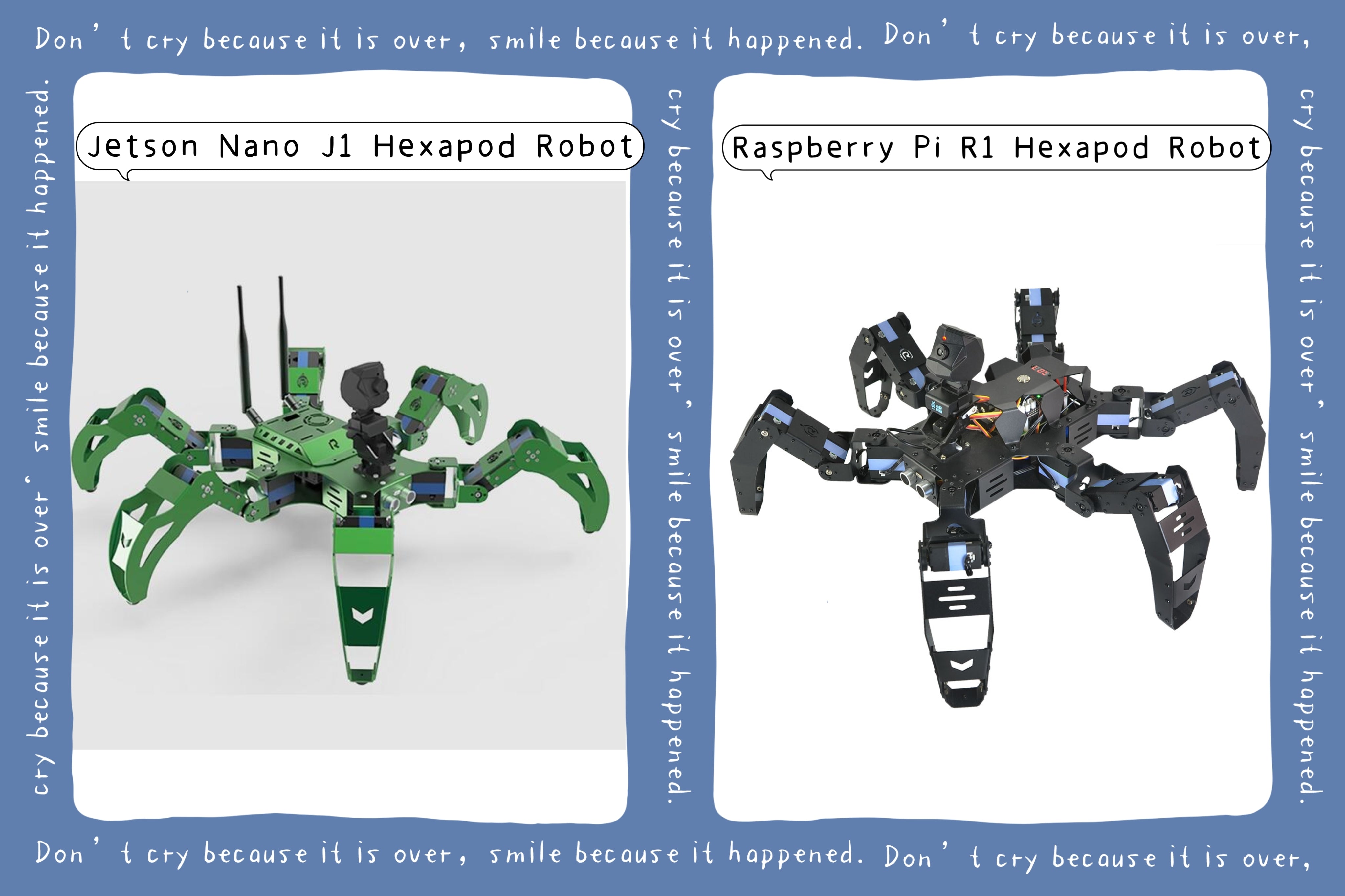
Raspberry Pi Bionic Hexapod and Jetson Nano Hexapod: Technical Differences and Application Considerations
Raspberry Pi Bionic R1 Hexapod Robot
Raspberry Pi Bionic Hexapod is suitable for application scenarios that have high requirements for real-time and stability, but low requirements for AI functions. For example, tasks such as environmental monitoring and terrain exploration can be achieved with Raspberry Pi Bionic Hexapod.
Jetson Nano Bionic J1 Hexapod Robot
Jetson Nano Hexapod is more suitable for application scenarios that require high-performance computing and AI functions. For example, in tasks such as autonomous navigation, obstacle detection, and target recognition, Jetson Nano Hexapod can exert its powerful AI computing capabilities to achieve a higher level of intelligence.
Raspberry Pi Bionic Hexapod is suitable for application scenarios that have high requirements for real-time and stability, but low requirements for AI functions. For example, tasks such as environmental monitoring and terrain exploration can be achieved with Raspberry Pi Bionic Hexapod.
Jetson Nano Bionic J1 Hexapod Robot
Jetson Nano Hexapod is more suitable for application scenarios that require high-performance computing and AI functions. For example, in tasks such as autonomous navigation, obstacle detection, and target recognition, Jetson Nano Hexapod can exert its powerful AI computing capabilities to achieve a higher level of intelligence.
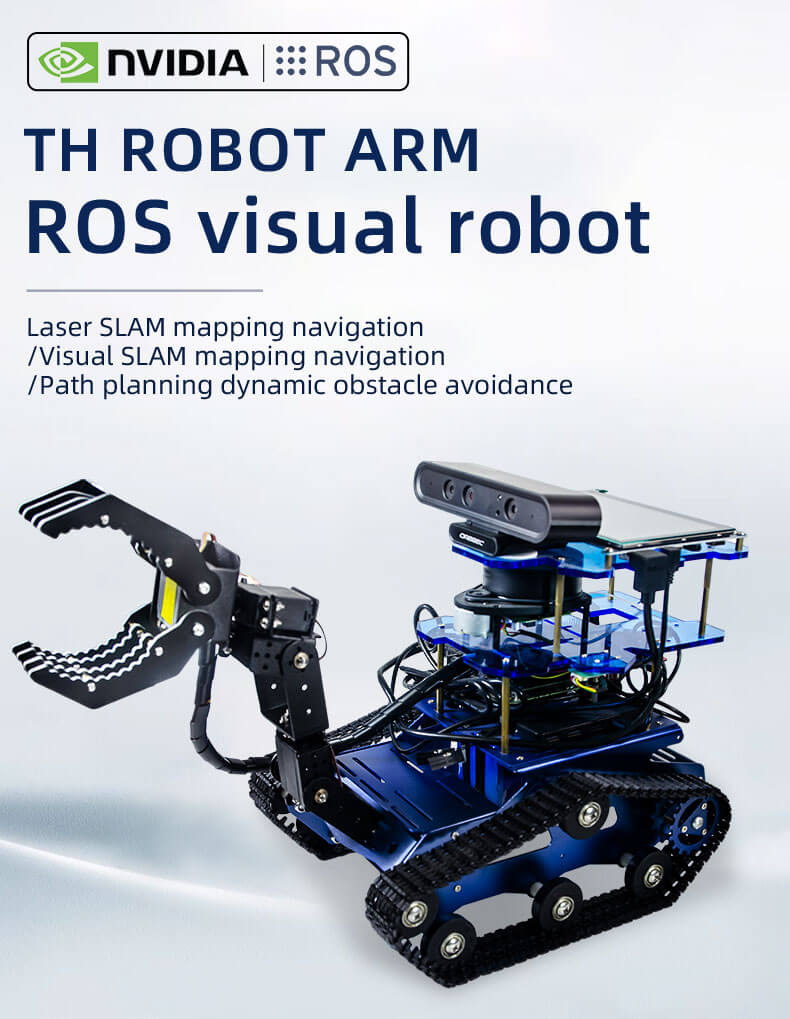
How to use ROS (Robot Operating System) to create AI robot car?
XR TH ROS Robot car uses anodized aluminum alloy as the chassis, Jetson Nano main control board, depth camera, 8400mAh lithium battery with charge protection, DC brush motor (comes with 360-line AB coding), nine-axis gyro Rotator, Rplidar A1 radar, 7-inch 1080p high-definition touch screen (capacitive screen), 4-degree-of-freedom robotic arm, etc.
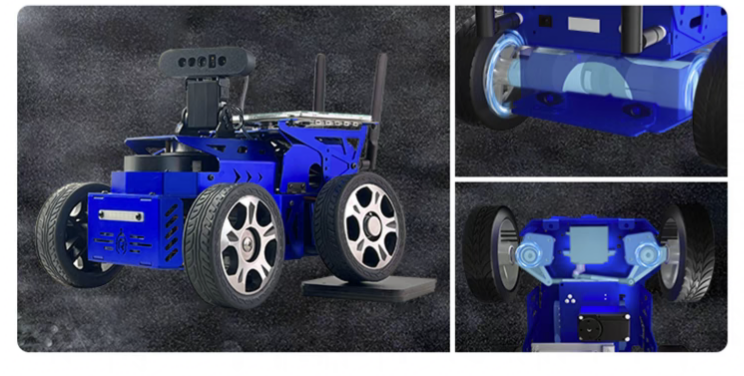
The learning tool of ROS2- ROS2 Hunter smart robot car
After the ROS2 Hunter intelligent robot car uses the Ackerman chassis, its flexibility and performance have been greatly improved, and it has a wider range of usability. It is also more conducive to the development of research projects in autonomous driving, the automotive industry and other related industry projects. .

Introduction and difference analysis of Raspberry Pi and Jetson Nano self-driving robot cars
Both have certain advantages from a scalability and integration perspective. Raspberry Pi has rich interfaces and GPIO pins, which can be easily connected to various sensors and actuators to achieve the expansion of various functions. Jetson Nano, with its powerful computing power and flexible communication protocols, can be more easily integrated with other devices and systems. Users can choose the self-driving car that suits them as a learning tool based on their own abilities.
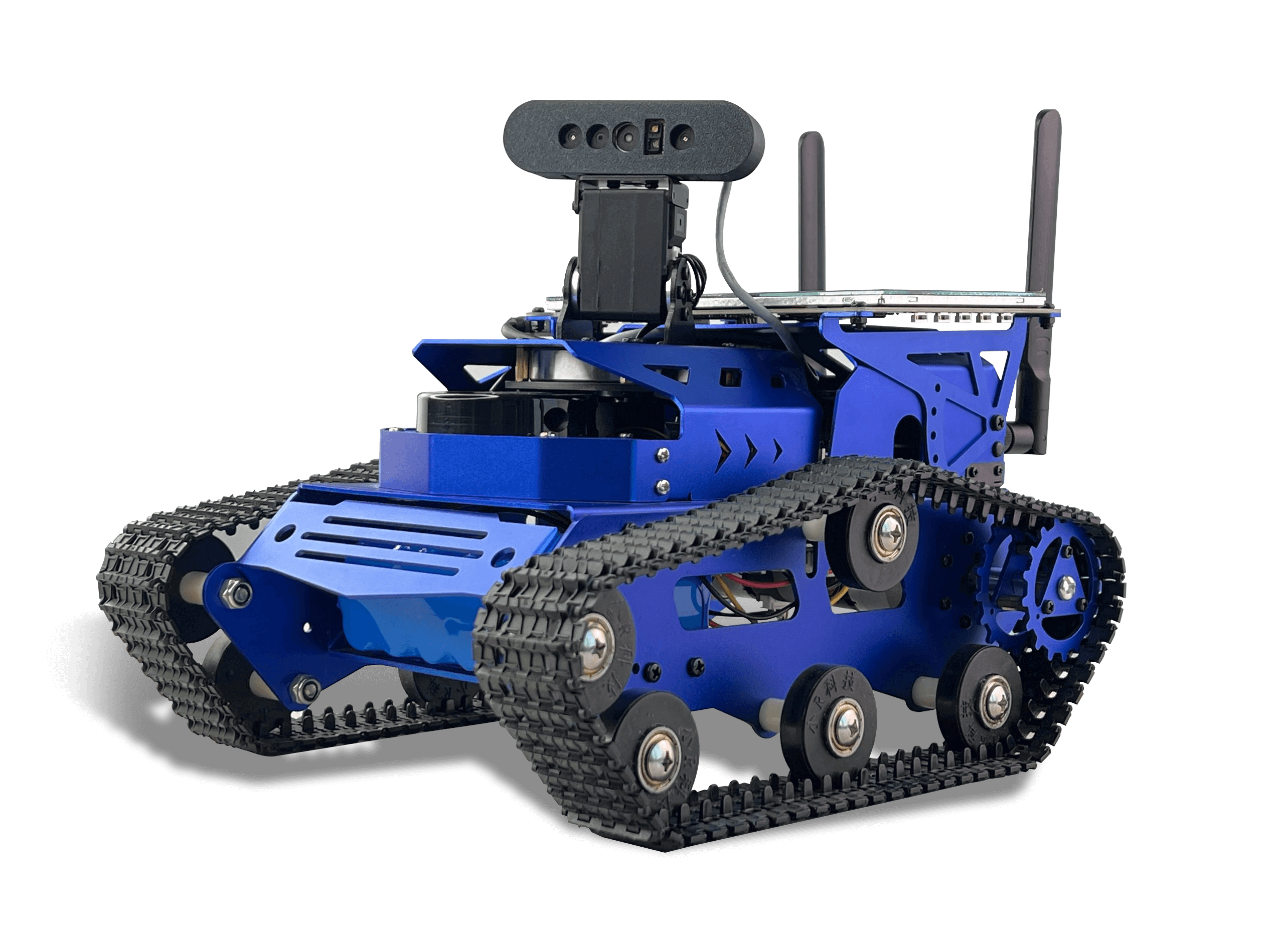
ROS2Hunter Ackerman tracked SLAM autonomous navigation programmable intelligent robot
ROSHunter Ackerman tracked ROS2 SLAM autonomous navigation programmable intelligent robot car is designed by XiaoR Technology for in-depth exploration of unmanned driving and robot navigation technology.
It is based on NVIDIA Jetson Nano and uses the advanced ROS2 framework. It is a professional-grade autonomous navigation car.
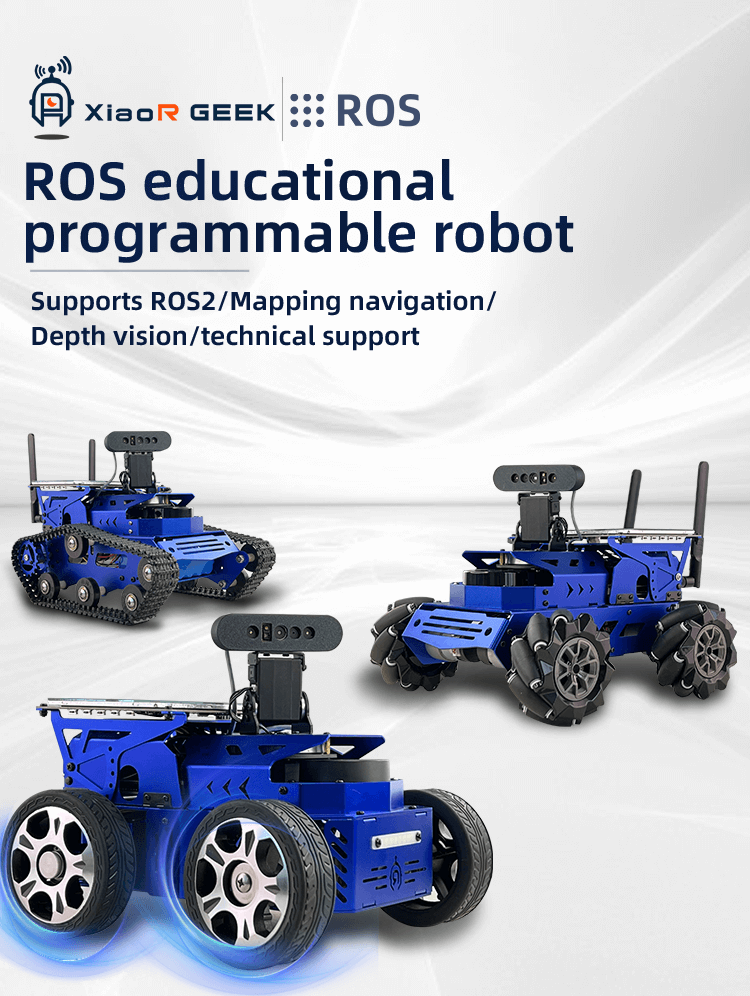
Jetson Nano ROS2 Hunter Ackerman educational programmable autonomous navigation smart robot car
ROS2 Hunter Ackerman educational programmable autonomous navigation smart robot car is designed by XiaoR Technology for in-depth exploration of unmanned driving and robot navigation technology. It is based on NVIDIA Jetson Nano and uses the advanced ROS2 framework.
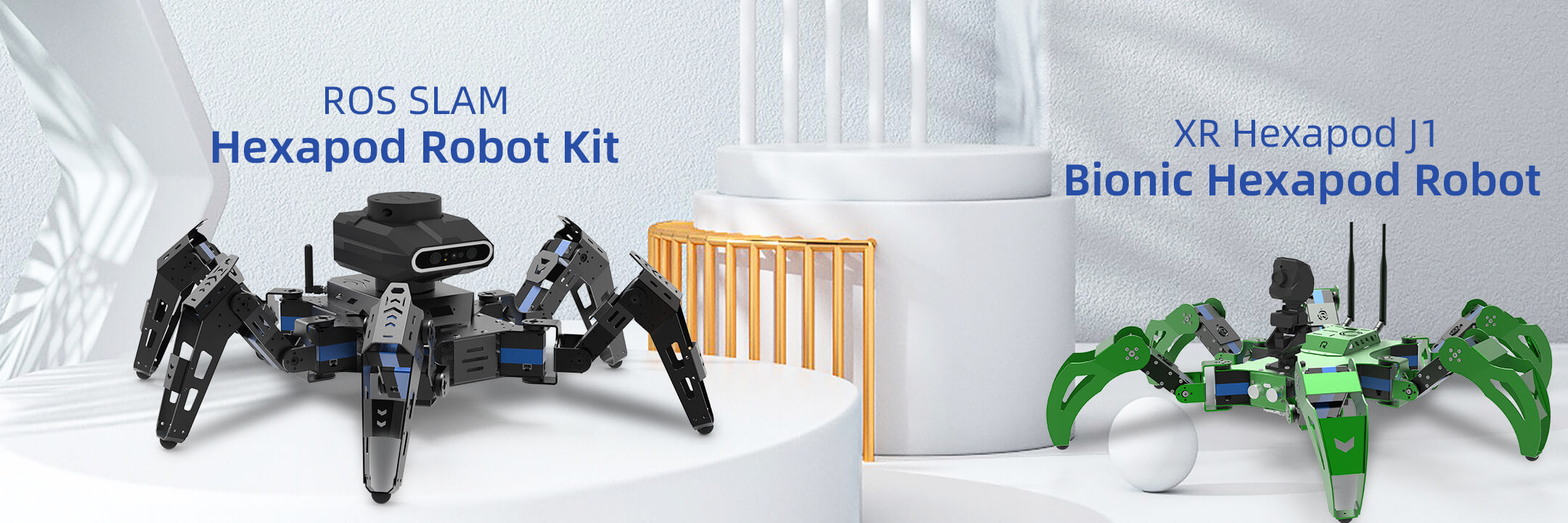
The rise of programmable robots and future prospects
1. Introduction to programmable robots
2. What types of programmable robots are there?
3. How to program programmable robots
4. Advantages and Disadvantages of Programmable Robots
5 Conclusion
2. What types of programmable robots are there?
3. How to program programmable robots
4. Advantages and Disadvantages of Programmable Robots
5 Conclusion
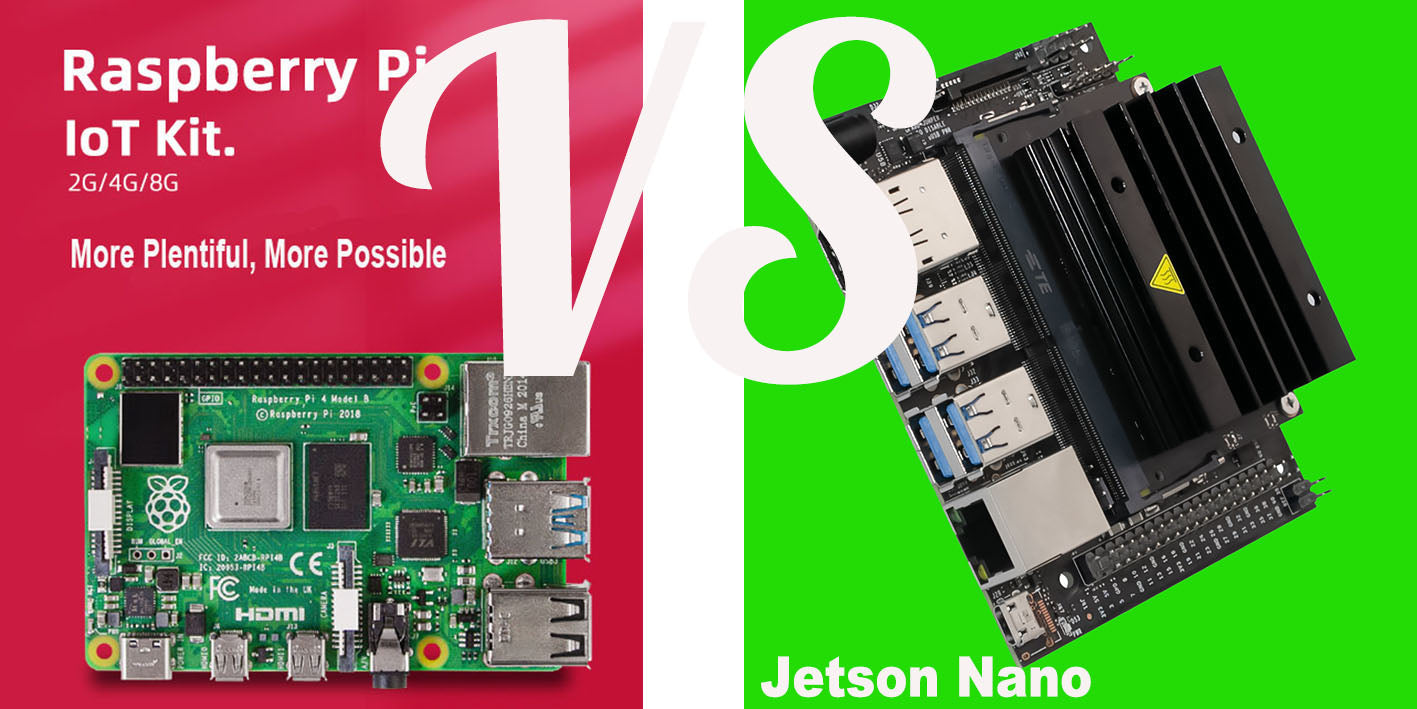
Raspberry Pi or Jetsonnano: Which is the best choice for learning programming?
In short, both Raspberry Pi and Jetsonnano have their own advantages, disadvantages and applicable scenarios. Choosing a development board that suits you requires comprehensive consideration of your learning goals, project needs, budget and other factors. Through continuous learning and practice, you will be able to take full advantage of these powerful tools to improve your programming skills and project experience.
